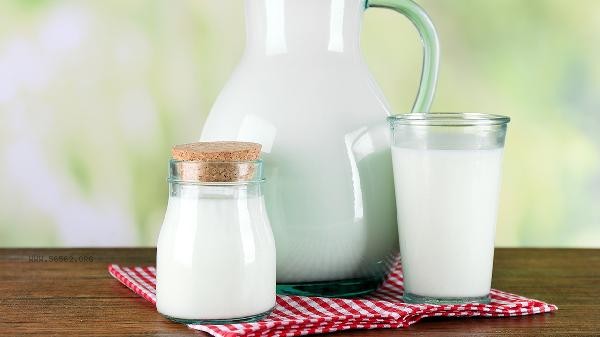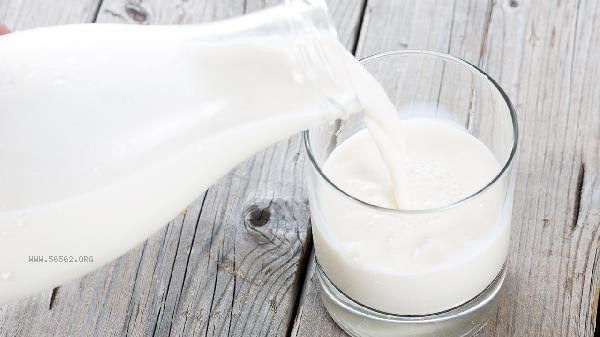The main difference between skim milk and regular milk is the fat content and nutritional composition. Defatted milk undergoes centrifugation to remove the majority of fat, with a fat content typically below 0.5%, while whole milk has a fat content of approximately 3% -4%. Skimmed milk is more suitable for people who need to control their fat intake, but its fat soluble vitamin content is relatively low.

1. Differences in Fat Content
Defatted milk separates fat through centrifugation technology, resulting in extremely low fat content and reducing calories by about half compared to whole milk. Whole milk retains natural milk fat and has a richer taste, but contains about 3-4 grams of fat per 100 milliliters. For patients with weight loss or cardiovascular disease, skim milk can effectively reduce the intake of saturated fatty acids.
2. Loss of fat soluble vitamins
During the defatting process, some fat soluble vitamins A, D, E, and K will be lost. Some brands will add additional vitamin D to enhance nutrition. Whole milk naturally contains these vitamins, especially vitamin D, which helps with calcium absorption. Long term consumption of skim milk requires attention to supplementing relevant nutrients through other foods.
3. Protein and calcium retention
Defatting treatment has little effect on the high-quality protein and calcium content in milk. Both contain approximately 3 grams of protein and 120 milligrams of calcium per 100 milliliters. Lactose intolerant individuals can choose low lactose skim milk, which has the same lactose content as whole milk, but it should be noted that some skim products may add more sugar for flavoring.

4. Different target groups
Skimmed milk is suitable for people with high blood lipids, weight loss, and middle-aged and elderly people, while whole milk is more suitable for children, pregnant women, and other groups who require high energy intake. Due to its low fat content, skim milk is not easily crispy during baking, and the recipe needs to be adjusted for cooking. Some studies have found that conjugated linoleic acid in whole milk may have a metabolic regulatory effect.
5. Taste and satiety
Skimmed milk has a thinner texture and weaker milk aroma, while whole milk is more mellow and smooth due to the presence of fat. Fat can slow down gastric emptying, and whole milk provides a stronger sense of satiety. Short chain fatty acids in milk fat have a regulatory effect on gut microbiota, but skim milk is more suitable for immediate consumption after meals to avoid stomach discomfort. The choice between skim or whole milk should be determined based on individual health status and nutritional needs. Daily consumption can be alternated, and pairing with nuts or whole grain foods can compensate for the lack of fat soluble vitamins in skim milk. It is recommended to choose skim milk to supplement protein after exercise, and full fat milk should be preferred for children during their growth and development period. The recommended daily intake of dairy products is 300-500 milliliters, and patients with hypertension can choose low sodium skim milk. Pay attention to the product label and avoid flavored skim milk with high sugar content.









Comments (0)
Leave a Comment
No comments yet
Be the first to share your thoughts!